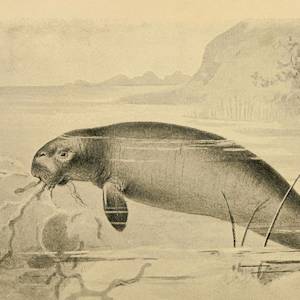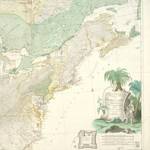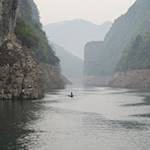Japanese Sea Lion Extinct
circa 1974 CE • Sea of Japan
"The Japanese sea lion, also known as the black sea lion, lived in the Northwest Pacific, visiting the maritime area of Japan, Korea and Russian Kamchatka Island. They belonged to the eared seals, and in contrast to true seals, they could turn their hind flippers to face forward, giving them greater mobility. Japanese sea lions had no natural predators, so the main cause of their extinction were humans. They were hunted for their fat (to make oil lamps), their meat, their skins and even their whiskers (used to make pipe cleaners). Fishermen killed them, to have more fish to themselves. In the 19th century, their numbers were around 40,000. By 1915 their population dropped to 300. Finally, World War II destroyed their habitat and the last sightings of Japanese sea lions were in the 1970s."
Rátki Annamária, "We screwed up – 10 animals that went extinct the last 100 years," Hallgató Magazin, December 6, 2021, https://hallgatomagazin.hu/we-screwed-up-10-animals-that-went-extinct-the-last-100-years/.
Image: Nkensei, CC BY-SA 3.0 <http://creativecommons.org/licenses/by-sa/3.0/>, via Wikimedia Commons


Learn about Maya Lin’s fifth and final memorial: a multi-platform science based artwork that presents an ecological history of our world - past, present, and future.

Discover ecological histories and stories of former abundance, loss, and recovery on the map of memory.

Learn how we can reduce our emissions and protect and restore species and habitats – around the world.

See how art can help us rethink the problems we face, and give us hope that each one of us can make a difference.

Help make a global memorial something personal and close to home. Share your stories of the natural world.


